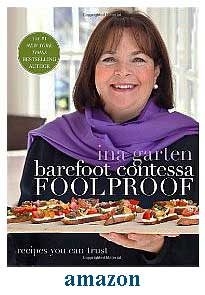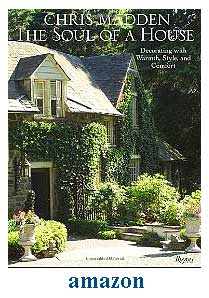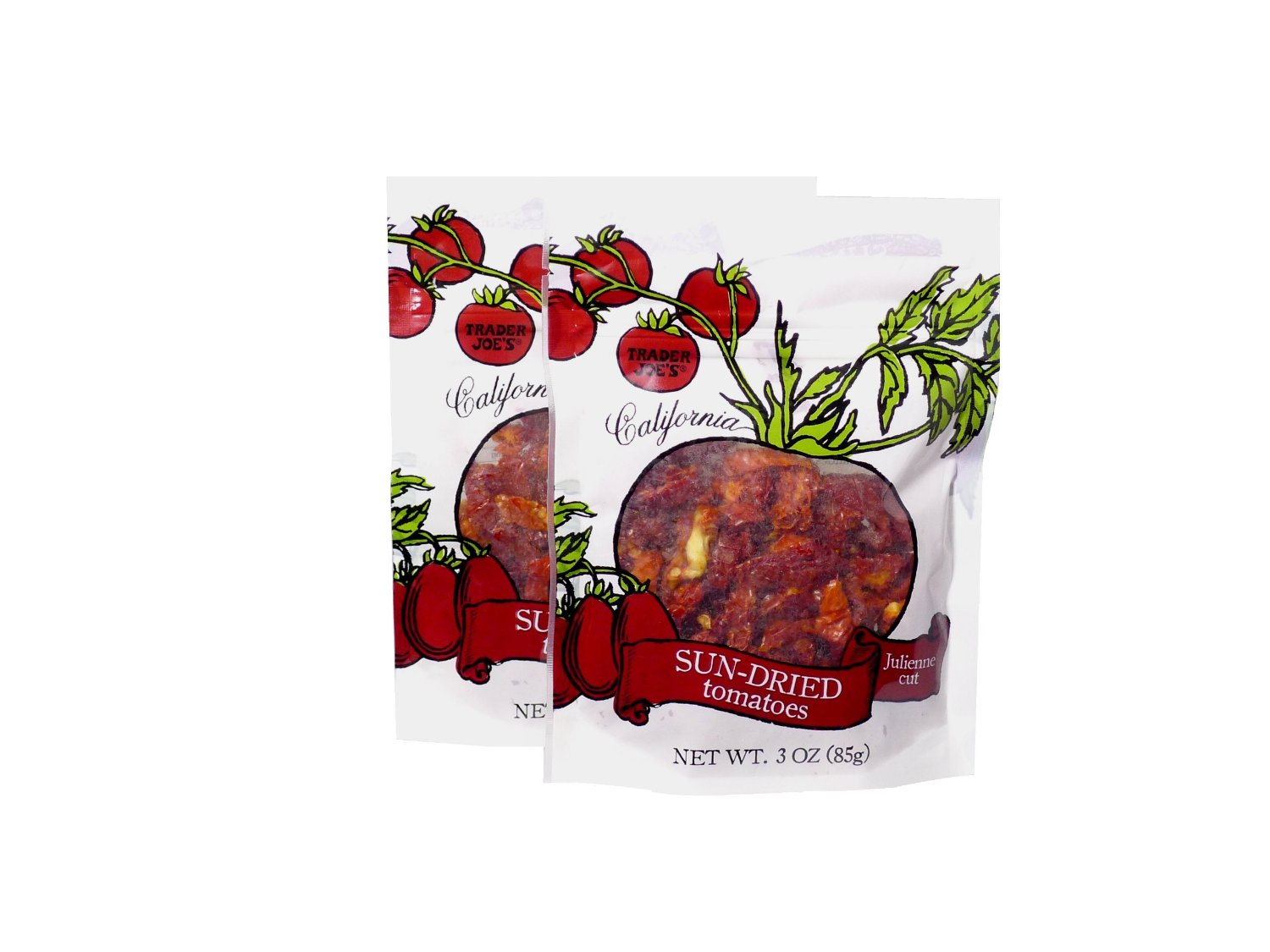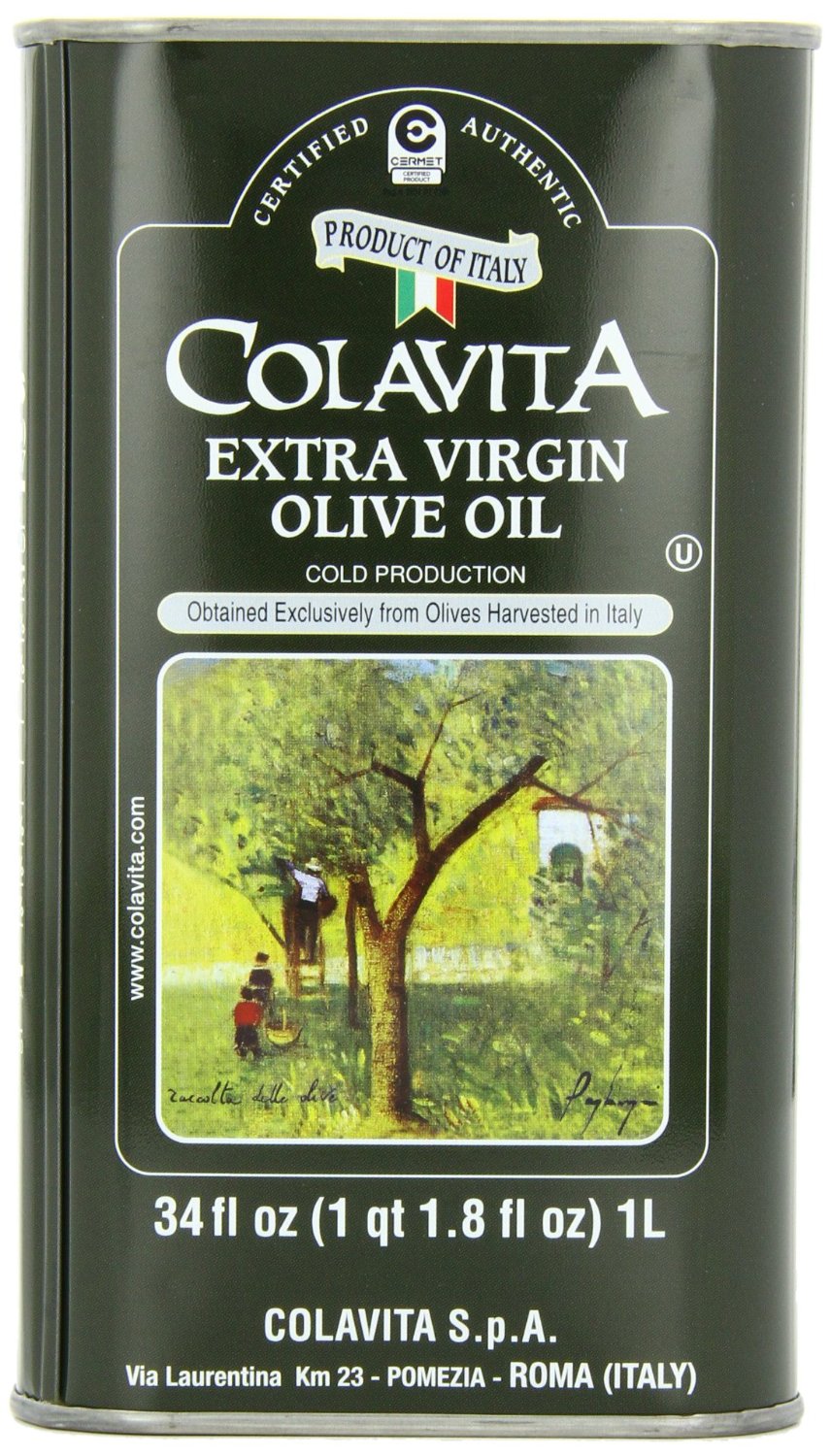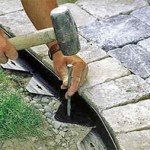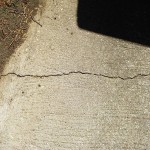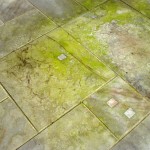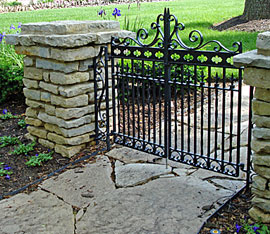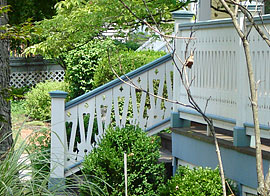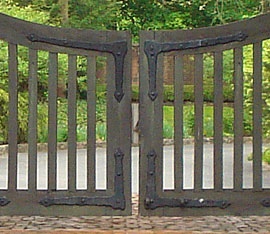The Eastern Redbud, along with other flowering trees are a treat to see each spring. This is a tree that brightens up any yard with its profusion of blossoms. A beautiful ornamental landscape tree can increase the value of your home, as well.
The Eastern Redbud, is native to the forests of the eastern United States; in naturalized settings, Redbuds can be seen growing at the edge of a woodland as an understory tree. It’s a favorite here at betterOutdoorLivingatHome; maybe it has already become a favorite of yours, also!

Flowers grow right from the bark as well as the branches.
Botanical/Common Name: Cercis canadensis/ Eastern Redbud – Available in various varieties for flower color and habit
Flower: various shades of pinks from pale to magenta, and varieties that have pure white blossoms (i.e. “Alba’); blooms are borne directly on stem, even on the trunk, before the leaves appear, so the blooms are not hidden; if you favor a particular color, buy the tree in the spring when the tree is in bloom so you can see the actual color; blooms March to May depending on region of the country

Bark: Smooth dark brown to gray to black bark which contrasts nicely with the spring blooms; with age, bark has shallow furrows with interesting texture
Fruit: Small ( 2”– 4” length) slender, reddish-brown pods develop in clusters by mid-summer and last until after fall (some last into the winter), but are fairly well hidden by the Redbuds large leaf size; since the pods are small they normally are not a nuisance
Hardiness: USDA hardiness zones 4 to 9
Size and Habit: takes on a very picturesque rounded, broad shape; small to medium mature height (20’ to 30’); can grow 12” to 18” annually
Where to Plant: Adaptable to many soil types, but likes a moist soil (not permanently wet), well-drained soil; plant in full sun to partial shade

Showy in a lawn setting
Ways to Use: use in multi-stem (many branches growing from one trunk near the soil) or clump (typically, 3 separate trees planted together and bought as one plant) forms; these forms inhibit the tree(s) from reaching their full mature height thereby maintaining a smaller, perhaps more graceful appearance; use as a specimen at an entrance walkway; brighten up a corner area of the backyard; plant multiple single trunk Redbuds along a white classic post and rail fence if you have a lot of space (a great look if you have a horse farm)
Special Notes: distinctive heart-shape medium to large size leaf; in full foliage it is effective as a screen; don’t make the mistake of planting an ornamental tree too close to a structure or a high use area, thinking it’s the perfect spot – even though ornamentals tend to be a smaller plant (and it may be quite small at the time you plant it), they can get much larger, out grow its space, and actually detract from what could be a beautiful setting, so you need to think ahead in regard to its future size.




